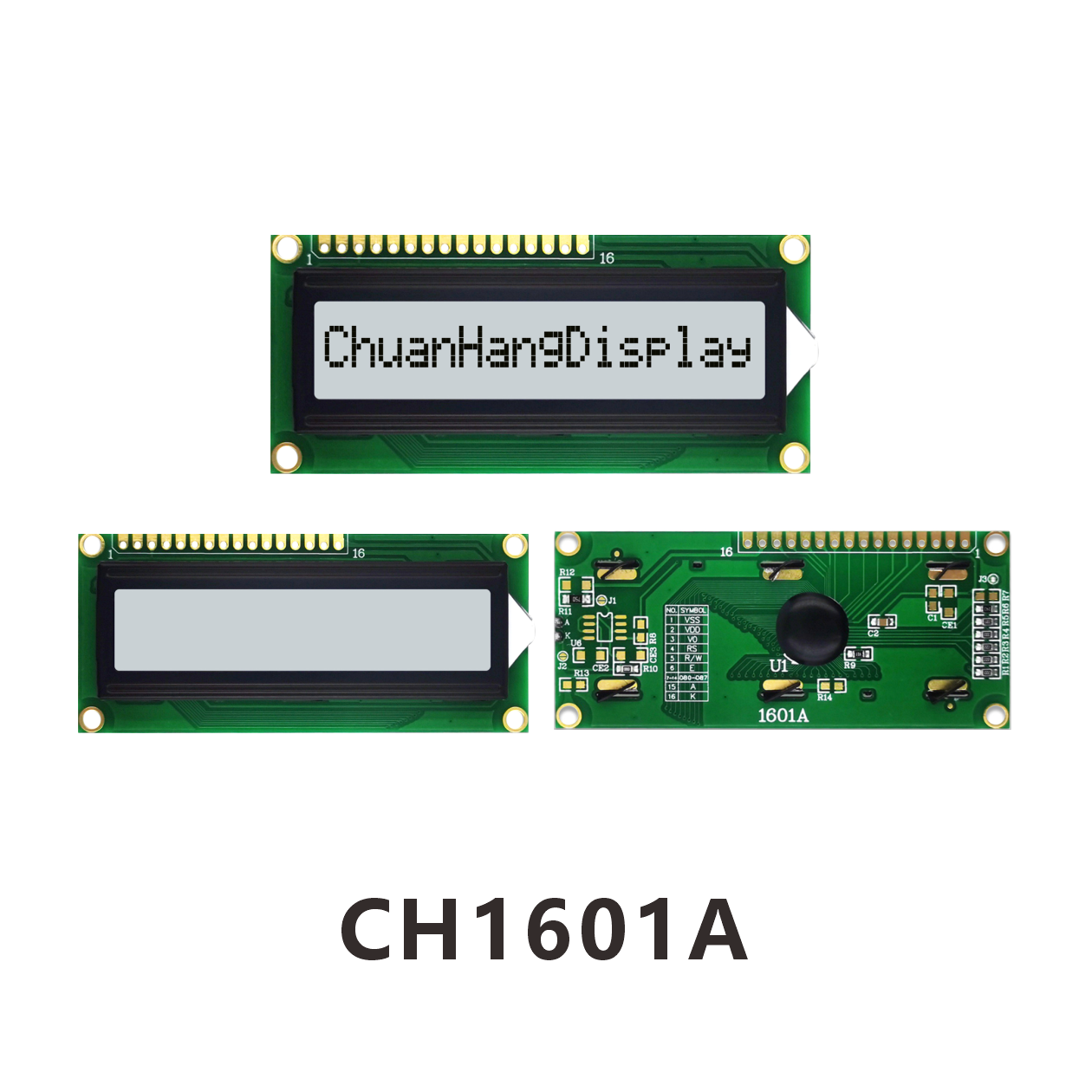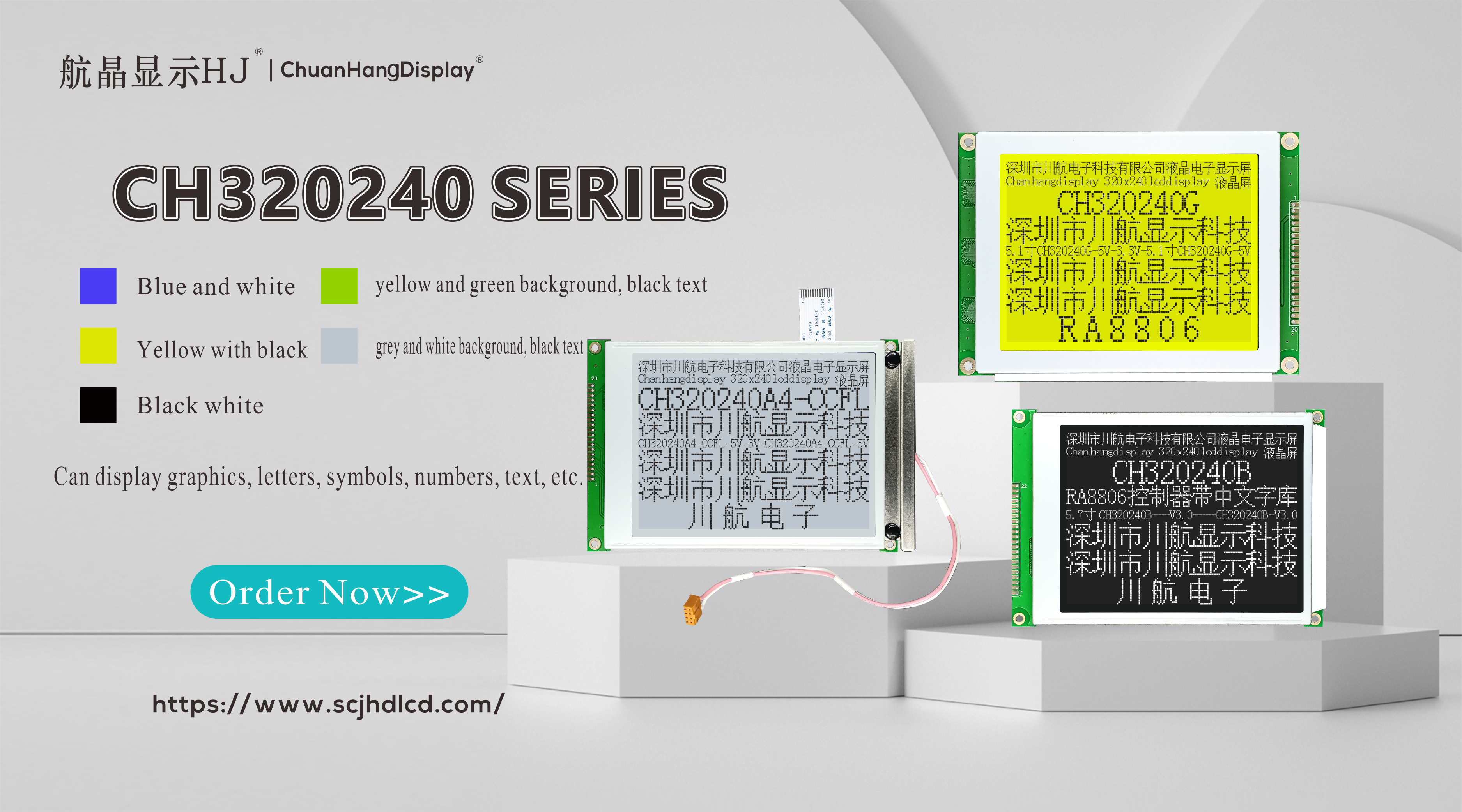In the ever-evolving world of visual technology, TFT LCD (Thin-Film Transistor Liquid Crystal Display) panels are the cornerstone of countless devices we use daily. From the smartphone in your hand and the monitor on your desk to the dashboard in your car and the screen in your medical equipment, the clarity, color, and responsiveness are all thanks to the innovation of TFT LCD manufacturers. These companies operate in a highly competitive and technically advanced field, driving progress and setting new standards for display quality. This article delves into the world of these manufacturers, exploring their market dynamics, technological prowess, and the critical factors to consider when engaging with them. We will also highlight the role of emerging players like Chuanhang Display and address some of the most common questions surrounding this vital industry.

The market for TFT LCD manufacturing is dominated by large-scale conglomerates, primarily based in East Asia. These industry giants have established their leadership through massive investments in research, development, and state-of-the-art production facilities known as "fabs." Companies like LG Display, Samsung Display (though now more focused on OLED), Innolux, and AU Optronics (AUO) control a significant portion of the global output for large-sized panels like televisions and computer monitors.
However, the landscape is not monolithic. A vibrant ecosystem of mid-sized and specialized TFT LCD manufacturers caters to specific niches. These companies often focus on small to medium-sized displays for industrial, automotive, and medical applications, where reliability and customization are more critical than sheer volume. Furthermore, Chinese manufacturers, including BOE and CSOT, have risen rapidly, challenging the established leaders with aggressive expansion and competitive pricing. This global competition ensures a constant drive for innovation, better performance, and lower costs, benefiting end-users across all sectors.
At the heart of every TFT LCD manufacturer's operation is a complex, multi-stage fabrication process. It involves depositing thin-film transistors on a glass substrate, creating an array of individual pixels that can be precisely controlled. The key to a manufacturer's success lies in its mastery of this process and its ability to innovate. Key technological differentiators include:
Resolution and Pixel Density: The race for higher resolutions (Full HD, 4K, 8K) is relentless. Manufacturers are constantly refining photolithography techniques to pack more pixels into a given area, resulting in sharper and more detailed images.
Color Gamut and Accuracy: Advanced color filter technologies and LED backlighting solutions (such as QD-LED or Mini-LED) allow manufacturers to produce displays that cover a wider color gamut, like Adobe RGB and DCI-P3, which is crucial for professional photography and cinematography.
Brightness and Contrast: Innovations in backlight unit (BLU) design, including full-array local dimming (FALD) and high-efficiency LEDs, have significantly improved contrast ratios, making blacks darker and whites brighter.
Refresh Rates and Response Times: For gaming and high-speed video, manufacturers have developed panels with refresh rates of 144Hz, 240Hz, and beyond, coupled with ultra-fast gray-to-gray (GtG) response times to eliminate motion blur.
TFT LCD manufacturers do not produce a one-size-fits-all product. Their production lines are often tailored to serve specific vertical markets with unique requirements.
Consumer Electronics: This is the most volume-driven sector, encompassing televisions, laptops, tablets, and smartphones. Manufacturers here compete on cost, slimness, and energy efficiency.
Automotive: The digital dashboard and infotainment revolution has created a huge demand for automotive-grade displays. Manufacturers serving this market must ensure their products can operate reliably in extreme temperatures, withstand constant vibration, and have ultra-high brightness for sunlight readability.
Industrial and Human-Machine Interface (HMI): Displays for factory automation, kiosks, and control panels prioritize longevity, robustness, and stable performance over many years, often in 24/7 operation scenarios.
Medical: Monitors for diagnostic imaging require exceptional grayscale performance, high brightness, and incredible calibration stability to ensure accurate readings for healthcare professionals.
A manufacturer like Chuanhang Display, for instance, might focus on providing tailored solutions for these industrial, automotive, and medical niches, offering customized sizes, touchscreen integration, and enhanced durability that larger producers may not prioritize.
Selecting the right manufacturing partner is a critical business decision. Beyond just comparing price points, here are the essential criteria to evaluate:
Technical Capability and Expertise: Can they meet your specific technical specifications (resolution, brightness, interface, etc.)? Do they have a proven track record in your industry?
Quality Control and Certifications: Reputable manufacturers adhere to strict quality management systems like ISO 9001. For automotive or medical projects, certifications like IATF 16949 or ISO 13485 are non-negotiable.
Customization Flexibility: Do they offer true engineering support for customizations, or are they only selling standard off-the-shelf modules? This includes tailoring the optical bonding, cover glass, and electronic interface.
Supply Chain Stability and Lead Times: A robust supply chain is vital for consistent production. Inquire about their component sourcing and their ability to meet your production schedules without long delays.
Support and Communication: Effective technical support and clear communication throughout the design, prototyping, and production phases are invaluable, especially for companies without deep in-house display expertise.

Engaging with display manufacturers often brings up a set of common questions and challenges for buyers and designers.
FAQ:
1. What is the typical minimum order quantity (MOQ) for custom displays?
MOQs can vary dramatically. For standard modules, MOQs might be low (e.g., hundreds of units). For fully custom designs from the ground up, manufacturers may require MOQs in the thousands or tens of thousands to justify the non-recurring engineering (NRE) costs. Some flexible manufacturers, like Chuanhang Display, may offer more accommodating terms for niche projects.
2. How long does the development and production process take?
The timeline can range from a few weeks for a standard module to over six months for a complex, custom-designed display. This includes design validation, prototyping, testing, and finally, mass production ramp-up.
3. What are the main causes of display defects, and how are they handled?
Common defects include dead pixels, backlight bleeding, Mura (uneven brightness), and touchscreen malfunctions. Reputable manufacturers have stringent quality checks at multiple stages of production (e.g., Array, Cell, Module processes) to minimize these issues and will have clear return merchandise authorization (RMA) policies.
4. How do I manage the compatibility between my board and the LCD module?
This is a critical technical step. Manufacturers provide detailed interface manuals (for LVDS, eDP, MIPI, etc.). It is highly recommended to request and test evaluation kits and samples thoroughly with your hardware before committing to mass production. A good manufacturer will provide support during this integration phase.
5. Are there alternatives to TFT LCD that I should consider?
Yes, technologies like OLED (Organic Light-Emitting Diode) and AMOLED (Active-Matrix OLED) offer superior contrast and flexibility but have traditionally been more expensive and susceptible to burn-in, making them less ideal for static industrial applications. The choice depends entirely on your application's priorities regarding cost, performance, and longevity.
TFT LCD manufacturers are the unsung heroes of the digital age, providing the visual interface that connects us to technology. The industry is a dynamic mix of global titans and specialized firms, all pushing the boundaries of what's possible. Whether you are a multinational corporation or a startup developing a new product, understanding the intricacies of this sector—from market leaders and technological innovations to the practicalities of selection and common pitfalls—is essential for success. By carefully evaluating potential partners based on their expertise, quality, and willingness to collaborate, you can secure a reliable supply of high-quality displays that will make your product shine in a crowded marketplace.